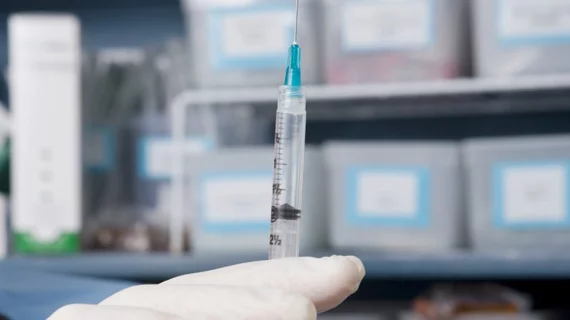1 in 8 pharmacies hit with closures
From 2009 to 2015, nearly 10,000 pharmacies––or one in eight––closed, despite an overall jump in the number of U.S. pharmacies.
That’s according to researchers from the University of Illinois Chicago, who examined how pharmacy, community and market characteristics influence the risk of pharmacy closures and published their findings in JAMA Internal Medicine. Researchers wanted to look at closures in part because they are associated with disruptions in medication adherence, which can negatively impact the health of patients.
"Efforts to improve access to prescription drugs have focused almost exclusively on reducing drug costs, but affordable medications aren't easily accessible when a local pharmacy closes," Dima Mazen Qato, senior author of the study and associate professor of pharmacy systems, outcomes and policy at the UIC College of Pharmacy, said in a press release about the study. “We need policies that specifically address pharmacy closures because such closures negatively impact access and adherence to prescription drugs.”
Independent pharmacies in both rural and urban areas have been the hardest hit and were three times more likely to close than chain pharmacies over that time period, they found.
"Independent pharmacies are often excluded from preferred pharmacy networks and 340B contracts, which are both increasingly important aspects of the pharmacy market, so it is not surprising that independent stores are at greater risk for closure," Qato said.
In addition, pharmacies located in areas that serve a high rate of publicly insured populations faced higher closure rates. For example, 25% of pharmacies located in urban, low-income areas closed. These urban areas served disproportionately more uninsured or publicly insured residents with Medicare or Medicaid benefits and were two times more likely to close than other areas.
But these market influences didn’t affect rural areas the same way, as one in seven pharmacies in low-income, rural areas closed from 2009 to 2015.
"Although efforts to promote pharmacy access have focused on addressing pharmacy closures in rural areas, we found that pharmacies located in low-income, urban areas are at greater risk for closure," Qato stated.
To fix the problem, researchers promoted policies that reexamine reimbursement rates for Medicare and Medicaid, as rural areas have other financial incentives—such as tired pharmacy rates—for Medicaid prescriptions and other payments that urban areas don’t have. Increasing reimbursement rates and strengthening the regulation of pharmacy access standards, the 340B drug pricing program and preferred pharmacy networks are a good step toward limiting pharmacy closures.

